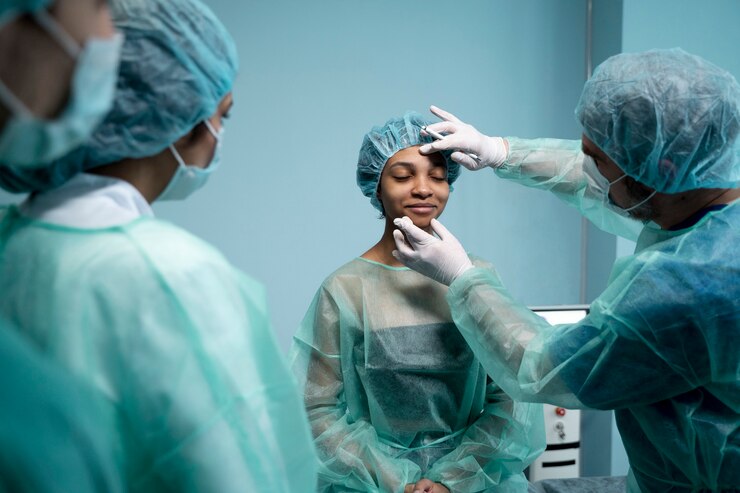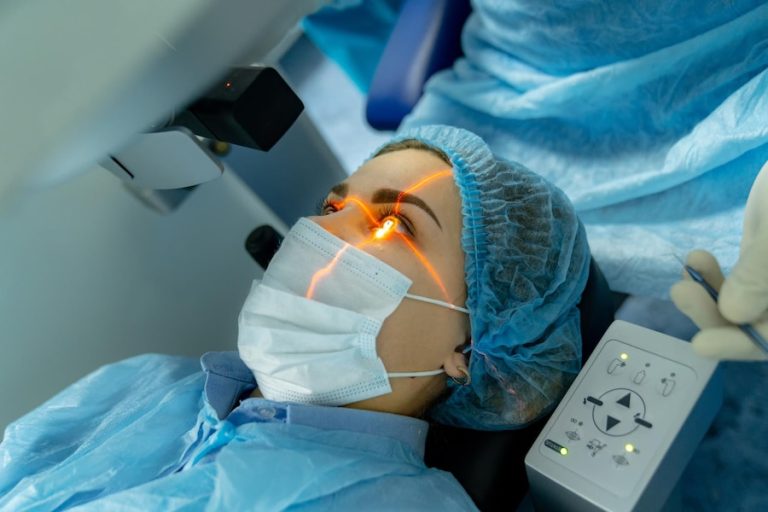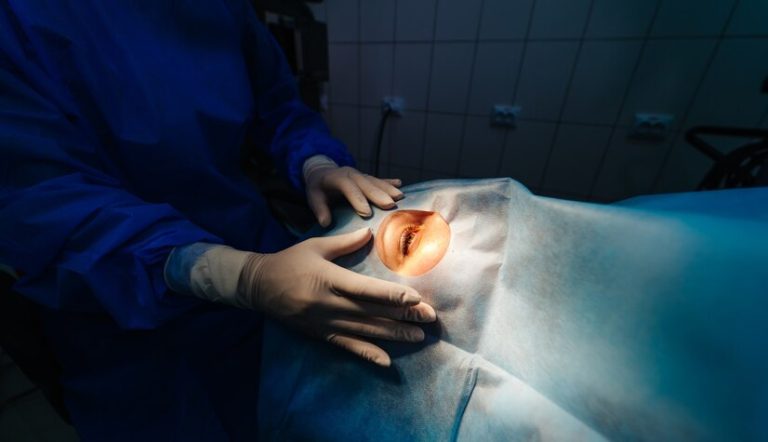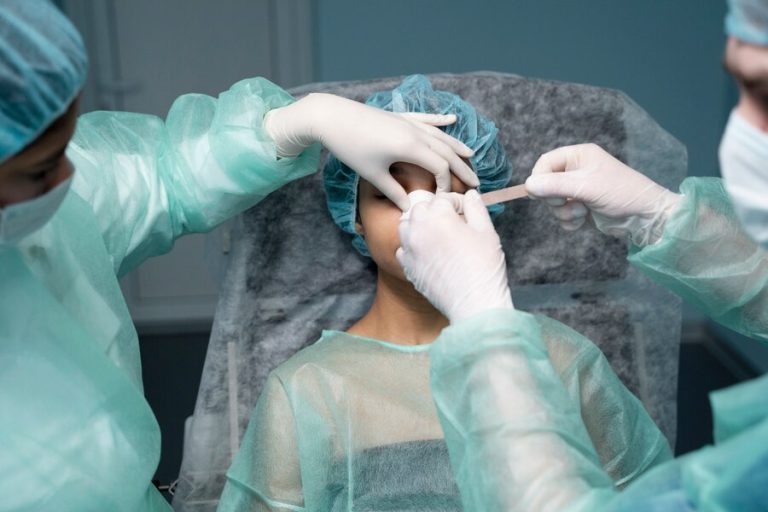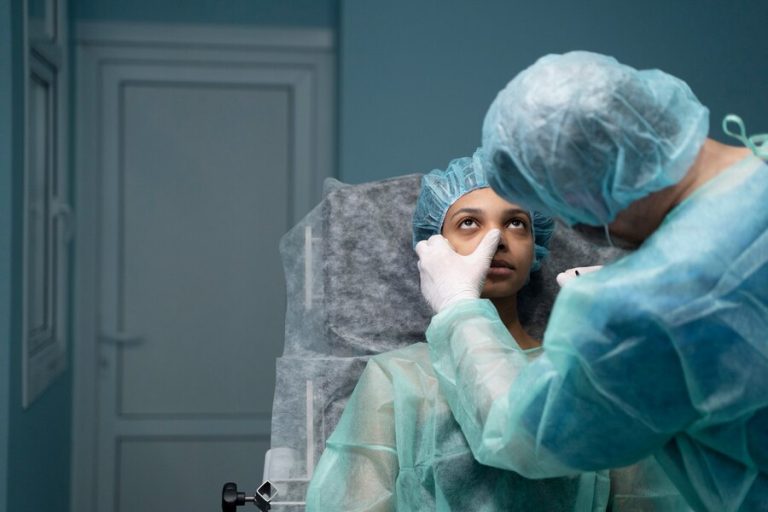Advances In Technology For Correcting Previous Eye Surgery Complications
Previous eye surgeries, while often transformative, can sometimes result in complications that may compromise visual outcomes. However, the field of ophthalmology has witnessed significant advancements in technology aimed at correcting these complications and improving overall patient outcomes. In this article, we will explore some of the cutting-edge technologies that are playing a crucial role in addressing and rectifying complications arising from previous eye surgeries.
Wavefront Technology
One of the groundbreaking developments in correcting complications is the use of wavefront technology. This technology allows for a detailed analysis of the eye’s optical system, providing a customized map of aberrations. For patients experiencing visual disturbances post-surgery, wavefront-guided corrections offer a personalized approach to address specific irregularities in the optical pathway, enhancing visual acuity and reducing higher-order aberrations.
Femtosecond Laser Technology
Femtosecond laser technology has revolutionized various aspects of eye surgeries, particularly in the correction of complications. This precise laser allows surgeons to make controlled incisions with unparalleled accuracy. In cases where the initial surgery resulted in irregular incisions or flaps, femtosecond laser technology enables surgeons to refine and reshape corneal tissue, correcting any anomalies and improving visual outcomes.
Topography-Guided Ablation
Topography-guided ablation is a sophisticated technology that utilizes detailed corneal mapping to guide laser ablation. This is especially beneficial in cases where the cornea has irregularities due to a previous surgery. By precisely sculpting the cornea based on its unique topography, this technology aims to restore a more regular shape, thereby addressing visual disturbances and optimizing visual quality.
Corneal Cross-Linking
Complications such as corneal ectasia, a condition characterized by progressive thinning and bulging of the cornea, can occur after certain eye surgeries. Corneal cross-linking is a technique that involves applying ultraviolet light and a photosensitizing agent to the cornea, strengthening its collagen fibers and preventing further deformation. This innovative method is proving to be effective in stabilizing and improving the corneal structure, reducing the impact of complications.
Intraocular Lens (IOL) Innovations
Advancements in intraocular lens technology have been instrumental in addressing complications related to cataract and refractive surgeries. Multifocal and accommodating IOLs are designed to provide a broader range of vision, reducing the dependence on glasses for various activities. For patients experiencing visual disturbances or dissatisfaction with the initial surgery, the implantation of advanced IOLs can significantly enhance visual outcomes and overall satisfaction.
Customized Refractive Treatments
Customized refractive treatments, often referred to as wavefront-guided or wavefront-optimized procedures, go beyond conventional laser vision correction. By tailoring the laser treatment to the unique characteristics of each eye, including those with complications from previous surgeries, these procedures aim to achieve optimal visual results. This level of customization allows for better outcomes in terms of visual acuity, contrast sensitivity, and reduced night vision disturbances.
Artificial Intelligence in Diagnostics
The integration of artificial intelligence (AI) in ophthalmology has brought about significant improvements in diagnostics and treatment planning. AI algorithms can analyze vast amounts of patient data, including imaging and clinical records, to identify subtle irregularities that may contribute to post-surgery complications. By aiding in early detection and precise diagnosis, AI is playing a crucial role in guiding corrective interventions and optimizing treatment strategies.
Advanced Imaging Techniques
High-resolution imaging technologies, such as anterior segment optical coherence tomography (AS-OCT) and corneal tomography, provide detailed three-dimensional images of the eye’s structures. These imaging modalities aid in the identification of complications such as irregular flap thickness, decentered ablations, or corneal irregularities. Surgeons can use this information to plan targeted interventions, ensuring a more accurate and effective correction of complications.
Regenerative Medicine and Stem Cell Therapy
In cases where tissue damage has occurred during previous eye surgeries, regenerative medicine, and stem cell therapy hold promise for repairing and restoring ocular tissues. Research in this field explores the potential of using stem cells to regenerate corneal epithelium, improve corneal transparency, and enhance overall ocular health. While still in the experimental stages, these approaches offer hope for the future of treating complications at a cellular level.
Telemedicine and Remote Monitoring
Advancements in telemedicine have facilitated remote monitoring of patients with post-surgery complications. Through virtual consultations and continuous monitoring using wearable devices, healthcare providers can track visual progress, identify potential issues, and intervene promptly. This approach not only enhances patient care but also allows for timely adjustments in treatment plans, ensuring better long-term outcomes.
Conclusion
As technology continues to evolve, the landscape of ophthalmic care is continually transformed. The advancements discussed in this article represent a collective effort to address and correct complications arising from previous eye surgeries. From laser technologies and AI diagnostics to regenerative medicine, these innovations offer new hope for patients facing challenges with their vision post-surgery. It is crucial for both healthcare professionals and patients to stay informed about these developments, fostering a collaborative approach towards achieving optimal visual outcomes and improving the quality of life for individuals with previous eye surgery complications.


